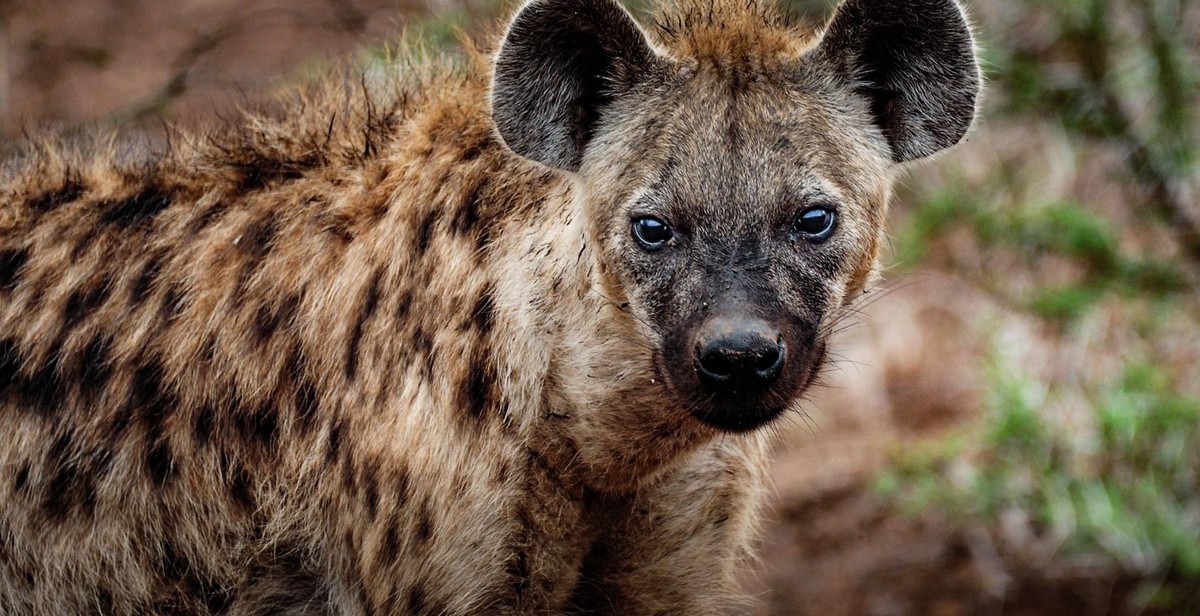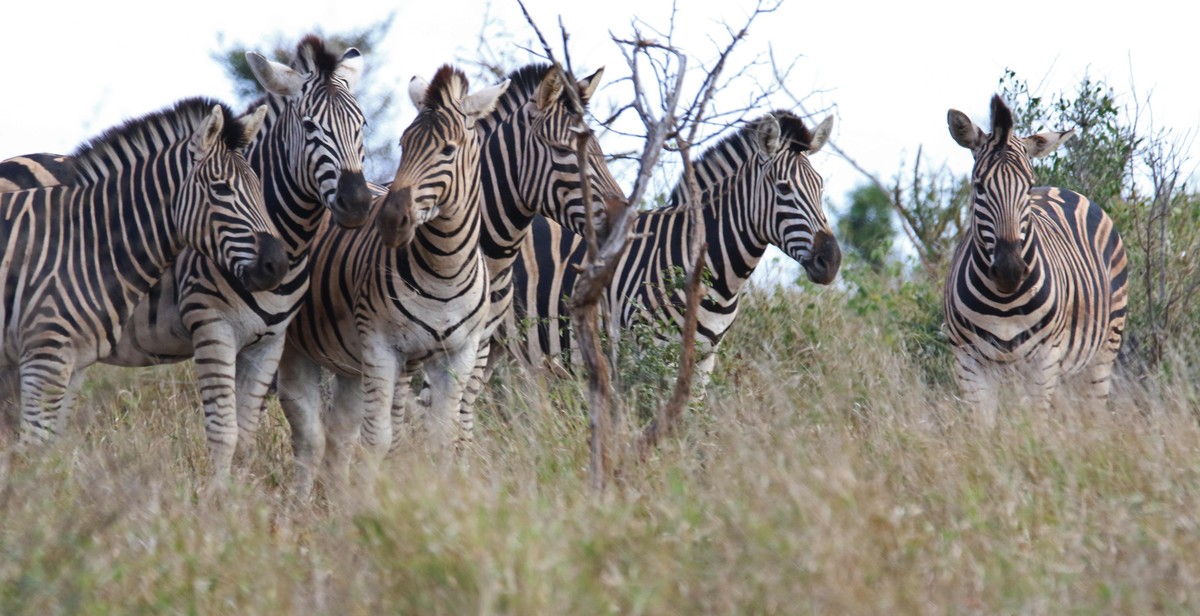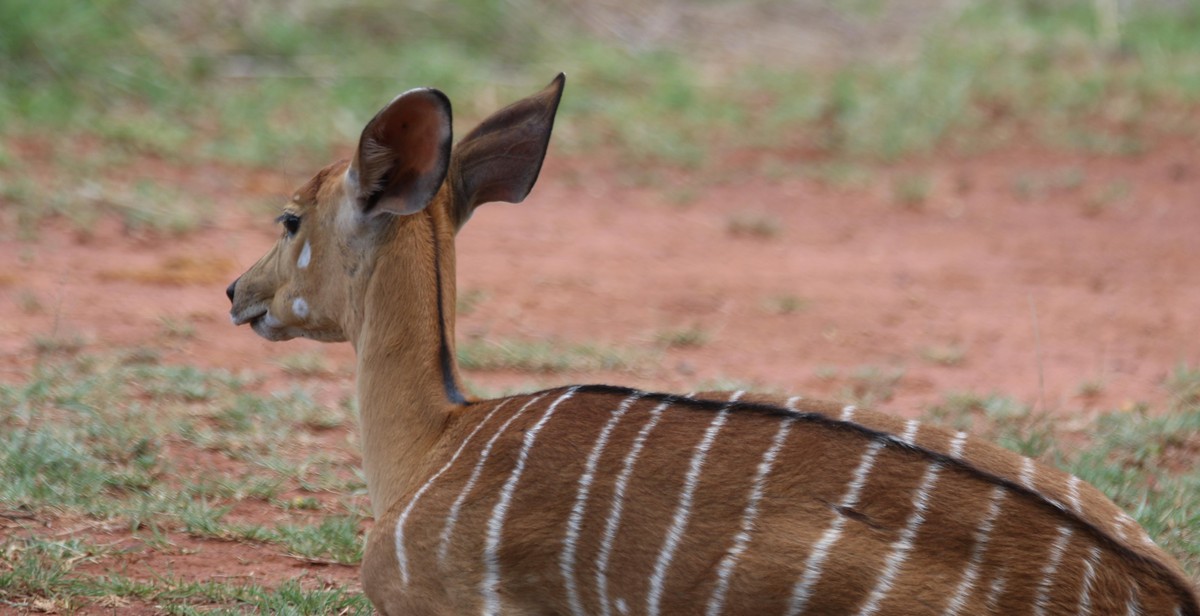Introduction
In recent years, the integration of artificial intelligence (AI) into various industries has revolutionized the way we approach complex problems. One area that has greatly benefited from AI’s advancements is wildlife conservation. With the alarming rate of biodiversity loss and environmental degradation, data-driven approaches empowered by AI technologies provide new opportunities for preserving and protecting our planet’s delicate ecosystems.
AI offers a range of applications in wildlife conservation, from monitoring and tracking endangered species to analyzing vast amounts of data for better decision-making. By leveraging machine learning algorithms, computer vision, and big data analytics, conservationists can gain valuable insights into animal behavior, habitat dynamics, and the impacts of environmental changes.
This article explores the intersection of AI and wildlife conservation, highlighting the potential of data-driven approaches in preserving biodiversity. We will delve into specific use cases where AI has been successfully applied, such as species identification, habitat monitoring, and anti-poaching efforts. Additionally, we will discuss the challenges and ethical considerations involved in implementing AI technologies in conservation practices.
As AI continues to advance, it holds immense promise for transforming wildlife conservation strategies and fostering sustainable coexistence between humans and the natural world. By harnessing the power of data and AI-driven tools, we can strive towards a future where our planet’s biodiversity thrives, and precious species are protected for generations to come.
The Importance of Wildlife Conservation
Preserving biodiversity is crucial for the survival and well-being of our planet. Wildlife conservation plays a vital role in maintaining the delicate balance of ecosystems and safeguarding the natural habitat of various species. By protecting wildlife, we ensure the preservation of genetic diversity, which is essential for the sustainability of ecosystems.
Challenges Faced by Wildlife Conservation Efforts
Despite the significance of wildlife conservation, there are several challenges that hinder its effectiveness. Habitat loss due to deforestation, urbanization, and climate change remains a major threat to many species. Additionally, illegal wildlife trade, poaching, and unsustainable hunting practices pose significant dangers to endangered animals.
Moreover, the lack of awareness and understanding among communities about the importance of wildlife conservation aggravates the situation. Insufficient funding, limited resources, and inadequate enforcement of conservation laws further impede conservation efforts.
Addressing these challenges requires data-driven approaches that leverage the power of artificial intelligence (AI). By utilizing AI technologies, such as machine learning and data analytics, conservationists can gather and analyze vast amounts of data to gain valuable insights into wildlife populations, their behavior, and habitat patterns.
These data-driven approaches enable conservationists to make informed decisions, develop effective conservation strategies, and allocate resources more efficiently. By combining scientific research with AI technologies, we can enhance our understanding of ecosystems, mitigate threats to wildlife, and ensure the long-term preservation of biodiversity.

AI in Wildlife Conservation
Advancements in artificial intelligence (AI) have revolutionized the field of wildlife conservation by providing data-driven approaches to preserving biodiversity. AI refers to the ability of machines to mimic human intelligence and perform tasks that normally require human intelligence, such as visual perception, speech recognition, and decision-making.
Understanding AI
AI technologies, such as machine learning and computer vision, play a crucial role in wildlife conservation efforts. Machine learning algorithms enable computers to learn from large datasets and make predictions or decisions without explicit programming. Computer vision algorithms allow computers to analyze visual data, such as images and videos, and extract meaningful information from them.
Applications of AI in Wildlife Conservation
AI has numerous applications in wildlife conservation, including:
- Species identification and monitoring: AI algorithms can analyze images or audio recordings to identify and track different species, helping researchers monitor population dynamics and detect changes in ecological communities.
- Illegal wildlife trade prevention: AI-powered systems can analyze online marketplaces and social media platforms to detect and report illegal wildlife trade activities, facilitating law enforcement efforts.
- Habitat monitoring and restoration: AI can analyze satellite imagery and sensor data to assess the health of ecosystems, identify areas at risk, and guide habitat restoration efforts.
- Predictive modeling: AI algorithms can analyze historical data on environmental factors and species behavior to develop predictive models that help researchers anticipate the impact of climate change on wildlife populations.
By harnessing the power of AI, wildlife conservationists can make more informed decisions, allocate resources effectively, and implement proactive measures to protect endangered species and ecosystems.

Data-Driven Approaches in Wildlife Conservation
Effective wildlife conservation requires the collection and analysis of vast amounts of data. By harnessing the power of artificial intelligence (AI) and data-driven approaches, conservationists can gain valuable insights to preserve biodiversity and protect endangered species.
Collecting and Analyzing Data
Data collection plays a crucial role in wildlife conservation. AI technologies enable the collection of extensive data through satellite imagery, drones, and sensor networks. This data can be used to track animal populations, identify habitat degradation, and monitor illegal activities such as poaching. Advanced data analysis techniques, including machine learning algorithms, allow conservationists to extract meaningful patterns and trends from the collected data, aiding decision-making processes.
Predictive Analytics and Modeling
Predictive analytics helps conservationists anticipate future threats and plan appropriate interventions. By analyzing historical data and environmental variables, AI algorithms can generate models that predict changes in wildlife populations, habitat loss, and the impact of climate change. These models enable proactive measures to be taken, such as habitat restoration, species relocation, or implementing policies to mitigate potential risks.
Real-Time Monitoring and Early Warning Systems
Real-time monitoring systems equipped with AI algorithms provide instant updates on wildlife activities, enabling rapid responses to potential threats. By integrating data from GPS tracking devices, camera traps, and acoustic sensors, conservationists can detect illegal activities and respond promptly. Early warning systems based on AI can alert authorities about suspicious activities, helping to combat poaching and illegal wildlife trade more effectively.

Case Studies
Tiger Conservation in India
India is home to the largest population of wild tigers in the world, but their numbers have been declining due to habitat loss and poaching. Data-driven approaches utilizing artificial intelligence (AI) have played a crucial role in preserving the majestic tiger species.
By analyzing vast amounts of data, AI algorithms can identify patterns and predict potential threats to tiger populations. This enables conservationists to take proactive measures, such as implementing effective anti-poaching strategies and safeguarding tiger habitats.
Furthermore, AI-powered image recognition technology has revolutionized tiger monitoring. Cameras placed in the wilderness capture images of tigers, which are then processed by AI algorithms to identify individual tigers based on their unique stripe patterns. This data helps conservationists track tiger populations, understand their behavior, and monitor their health.
Gorilla Conservation in Africa
Africa’s gorilla populations are critically endangered due to habitat destruction, disease outbreaks, and illegal hunting. To combat these threats, data-driven approaches empowered by AI have proven instrumental in safeguarding gorilla conservation efforts.
AI algorithms can analyze satellite imagery to map gorilla habitats accurately. This information allows conservationists to identify areas at risk and prioritize conservation efforts accordingly. Furthermore, AI-powered drones equipped with thermal imaging cameras can detect illegal activities, such as poaching or deforestation, in real-time, enabling rapid response and intervention.
Data collected from gorilla tracking expeditions, combined with AI analytics, provide insights into gorilla behavior, social dynamics, and health status. This knowledge assists conservationists in developing targeted conservation strategies, managing gorilla populations, and mitigating potential threats.

Benefits and Limitations of Data-Driven Approaches
Benefits of Data-Driven Approaches
Data-driven approaches have revolutionized wildlife conservation efforts by providing valuable insights and enabling more efficient decision-making. Here are some key benefits:
- Improved monitoring and detection: Data-driven approaches allow for real-time monitoring of wildlife populations, enabling conservationists to detect changes and respond quickly to threats such as poaching or habitat loss.
- Enhanced predictive modeling: By analyzing large datasets, AI-powered algorithms can predict future trends in wildlife behavior and population dynamics, helping conservationists anticipate and mitigate potential risks.
- Optimized resource allocation: Data-driven approaches enable conservation organizations to allocate resources more effectively by identifying priority areas for protection or targeting specific conservation interventions.
- Collaborative conservation efforts: Sharing and analyzing data across organizations and regions facilitates collaboration and the exchange of best practices, leading to more coordinated and impactful conservation efforts.
Limitations of Data-Driven Approaches
Despite their numerous benefits, data-driven approaches also have some limitations that need to be considered:
- Data availability and quality: Data-driven approaches heavily rely on quality and comprehensive datasets. In some remote or under-studied areas, limited data availability can hinder accurate analysis and decision-making.
- Ethical concerns: The collection and use of wildlife data raise ethical issues, such as privacy concerns for individual animals or potential exploitation of sensitive information.
- Technical challenges: Implementing data-driven approaches requires technical expertise and access to advanced technologies, which may pose challenges for smaller conservation organizations or those with limited resources.
- Human interpretation: While data-driven approaches provide valuable insights, human interpretation and expertise are still crucial for making informed decisions and considering broader socio-economic and ethical aspects of conservation.

Future Directions
Advancements in AI and Data Science have the potential to revolutionize wildlife conservation efforts, enabling more effective and efficient preservation of biodiversity. As technology continues to evolve, there are several key areas where future directions can be explored:
1. Enhanced Monitoring and Surveillance
AI-powered systems can be further developed to improve monitoring and surveillance of wildlife populations. This includes the use of drones, satellites, and advanced image recognition algorithms to track animal movements, detect poaching activities, and identify endangered species.
2. Predictive Analytics for Habitat Conservation
Data-driven approaches can help predict changes in habitats and assess the impact of human activities on wildlife. By analyzing vast amounts of environmental data, AI algorithms can provide valuable insights for proactive conservation strategies and the identification of areas that require immediate attention.
3. Collaborative Efforts and Partnerships
Collaboration between AI experts, data scientists, conservation organizations, and local communities is crucial for successful implementation of AI-driven solutions. Partnerships can facilitate the sharing of data, knowledge, and resources, leading to more comprehensive and effective conservation efforts.
4. Ethical Considerations and Transparency
As AI technologies become more integrated into wildlife conservation, ethical considerations must be addressed. Transparency in data collection, algorithm decision-making, and the use of AI in decision support systems are essential to ensure trust and accountability in the conservation community.
In conclusion, the future of AI and wildlife conservation lies in the continued advancements in AI and data science, collaborative efforts and partnerships, and ethical considerations. By harnessing the power of technology, we can preserve biodiversity and protect our planet’s precious wildlife for future generations.
Conclusion
Artificial Intelligence (AI) has emerged as a powerful tool in the field of wildlife conservation, offering innovative solutions to protect and preserve biodiversity. Through the use of data-driven approaches, AI has revolutionized the way we monitor, analyze, and manage wildlife populations, habitats, and ecosystems.
One of the key advantages of AI in wildlife conservation is its ability to process vast amounts of data in real-time, enabling researchers and conservationists to make informed decisions and take timely action. AI-powered technologies such as remote sensing, drones, and camera traps have significantly enhanced our understanding of wildlife behavior, migration patterns, and population dynamics.
Furthermore, AI algorithms can detect patterns and anomalies that might be imperceptible to the human eye, allowing for early detection of threats such as poaching, habitat loss, and disease outbreaks. This proactive approach enables conservationists to implement targeted interventions and mitigate potential risks before they escalate.
AI also plays a crucial role in optimizing conservation strategies by analyzing complex datasets and generating valuable insights. By identifying the most effective conservation practices, AI can help allocate limited resources more efficiently and maximize the impact of conservation efforts.
While AI offers immense potential for wildlife conservation, it is important to ensure ethical and responsible use of these technologies. Safeguarding privacy, minimizing bias, and considering the welfare of animals are vital considerations in the development and implementation of AI-driven solutions.
In conclusion, the integration of AI in wildlife conservation holds great promise for the preservation of biodiversity. By harnessing the power of data and advanced technologies, we can enhance our understanding of the natural world and work towards a sustainable future for both wildlife and humans.
